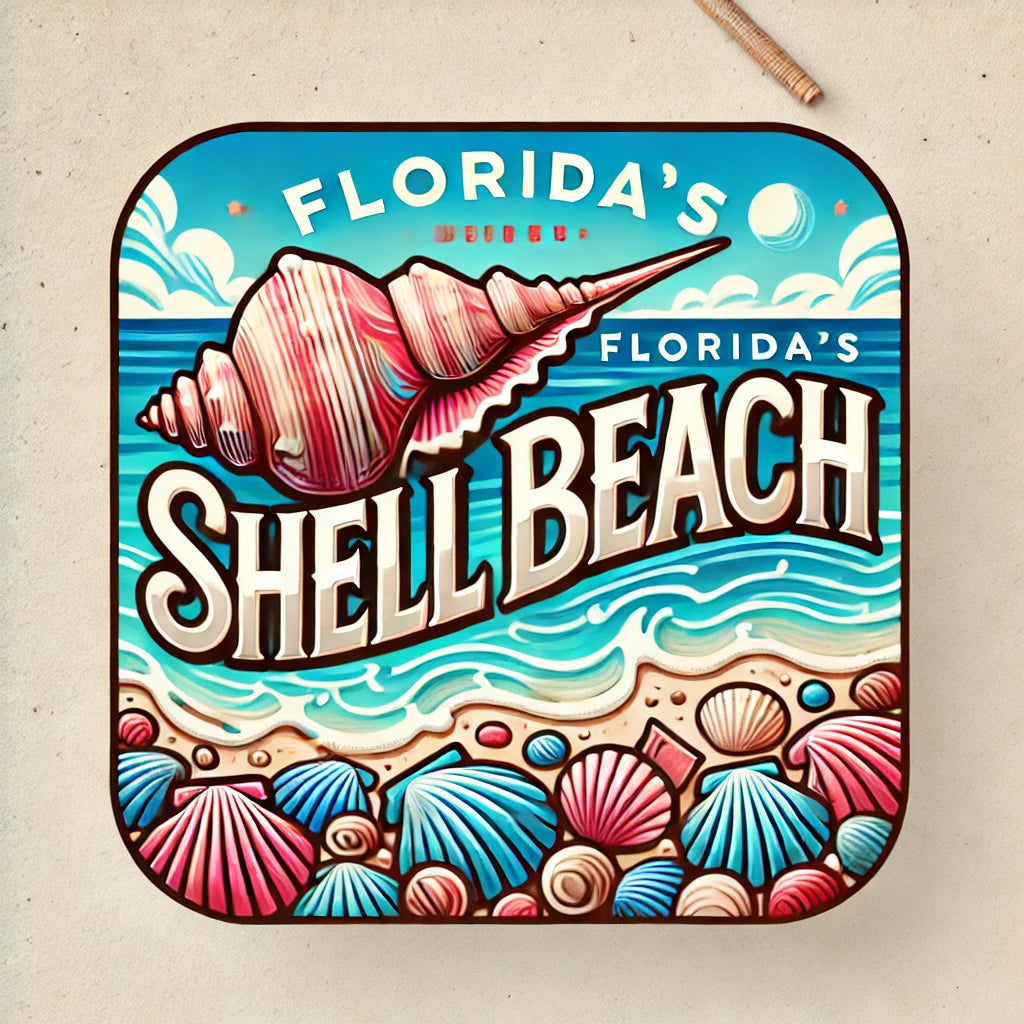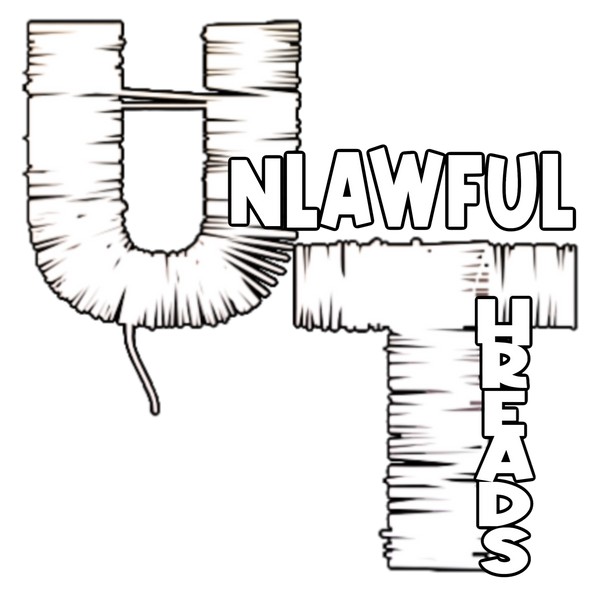
No Sand, No Problem: Florida’s Unbelievable Beach of Shells
Share
1️⃣ Welcome to Florida’s Shimmering Shoreline of Shells
Not all beaches are created equal. Some have soft, white powdery sand. Others have coarse, pebbly grains. But then there’s Shell Beach in Sanibel Island, Florida, where the beach is made almost entirely of seashells.
Imagine this: You step out of your car, hear the crunch-crunch-crunch of shells underfoot, and realize — you’re not on sand at all. No tiny grains. No sticky mess. Just an endless field of shells in every shape, size, and color imaginable. From delicate pink conchs to spiraled whelks, every step reveals nature’s oceanic artwork beneath your feet.
This natural marvel isn't just beautiful — it’s also a collector’s dream. Beachcombers come from around the world just to walk these shores, hunting for rare shells like junonia, scotch bonnets, and banded tulips.
For a live view of the shell-covered shores, check out the Sanibel Island Beach Cam here.
2️⃣ Why Is This Beach Made of Shells (Not Sand)?
Most beaches get their sand from weathered rocks and coral that erode over thousands of years. But Sanibel Island is unique. Due to the island's unique east-west orientation (as opposed to the typical north-south direction of most barrier islands), it acts like a giant net for shells.
Here’s how it works:
- The Gulf Stream Currents push shells toward the island.
- Instead of drifting past, the shells get trapped on the island’s slanted shores.
- Over time, they pile up — and instead of being ground into sand, they stay intact as whole, beautiful shells.
Sanibel’s geography is a collector’s dream come true. While most beaches slowly grind shells into fine particles, Sanibel preserves them in pristine condition, giving shell enthusiasts one of the most abundant “shell dumps” on Earth.

Want to understand Florida’s beach ecosystems in more detail? Check out the Florida Department of Environmental Protection’s guide to coastal ecosystems here.
3️⃣ What Makes Sanibel Island a Shell Collector's Paradise?
If you like treasure hunting, you’ll love Sanibel. This beach has so many shells that locals even have a name for the iconic beachcomber's stance — the “Sanibel Stoop.” It’s that familiar crouch as people bend over, scanning the ground for the perfect shell to add to their collection.
Here’s what makes it such a shell collector’s paradise:
- Variety – Find everything from large conchs to tiny coquinas.
- Rarity – Spot rare treasures like the famous junonia (a prized find for shell collectors).
- Abundance – After big storms, the beaches are completely replenished with fresh shells.
- Access – Walk right onto the shore and start collecting. No need for special equipment.
Pro Tip: If you’re on the hunt for rare shells, visit right after a big storm. The waves churn up fresh finds from the ocean floor, and you’ll have your best shot at spotting that elusive junonia.
Want to know more about the shells you can find at Sanibel? Check out the Bailey-Matthews National Shell Museum here, which is dedicated to educating visitors about shells, mollusks, and the wonders of Sanibel’s beaches.
4️⃣ Can You Collect Shells at Sanibel Island? (Rules and Tips)
Yes, you can collect shells at Sanibel, but there are a few rules. While most shells are fair game, there’s one important guideline:
Don’t collect live shells.
If the shell still has a living organism inside (like a snail, hermit crab, or mollusk), it’s illegal to take it home. Collecting live shells is prohibited to protect Florida’s marine life. You’ll also want to double-check the local rules before your visit, as they can change based on conservation efforts.
Here’s how to shell responsibly:
- Look for shells that are empty (no critters living inside).
- If you accidentally pick up a live shell, return it to the water.
- Respect wildlife and leave the environment as you found it.
For full shell collection guidelines, visit the Florida Fish and Wildlife Conservation Commission (FWC) rules for shell collecting here.
5️⃣ The Best Time to Visit Shell Beach (And When to Avoid It)
The best time to visit Sanibel Island's Shell Beach is right after a storm. This is when the tides push in fresh shells, and the entire beach is like a natural treasure chest waiting to be opened.
Here’s a quick when-to-visit guide:
- Best Time of Year: Winter and early spring (January to April) are ideal.
- Best Time of Day: Low tide is prime shell-hunting time, as more of the shore is exposed.
- Avoid: Peak summer months (June - August) when crowds are high.
To see tide schedules for Sanibel Island, check out Tide Forecast’s website here.
6️⃣ How to Visit Shell Beach (Location, Parking, and Tips)
You’ll find the famous Shell Beach on Sanibel Island, Florida, located on the Gulf Coast. Here’s how to get there and make the most of your trip:
📍 Location: Sanibel Island, FL
🚗 Parking: Public parking lots are available but limited, so arrive early.
🎒 What to Bring:
- A mesh bag for shells (leave the bucket at home — it’s bulky).
- Sunscreen, water, and beach shoes (those shells can be sharp!).
If you’d like step-by-step directions, head to Google Maps here.
7️⃣ Why Shell Beach Deserves a Spot on Your Bucket List
Sure, you’ve seen sandy beaches. But how often do you get to walk on a beach made entirely of shells? It’s a sensory experience like no other. You’ll hear the crunch of shells underfoot, see the sun reflect off thousands of pearly surfaces, and, if you’re lucky, find a rare shell worthy of a collector’s shelf.
This isn’t just a visit to the beach — it’s an adventure, a scavenger hunt, and a step into one of Florida’s most magical natural treasures. If you’re looking for an unforgettable experience, Shell Beach is calling your name.
Call-to-Action (CTA)
Have you ever walked on a beach made entirely of shells? Share your experience in the comments below! If you’ve got a favorite shell you’ve collected, tell us about it — was it a junonia?
If you’re ready to visit Shell Beach and walk the shores yourself, start planning your trip by checking out the Sanibel Island Visitor Guide here.
Sources & Backlinks
- Bailey-Matthews National Shell Museum – Learn more about shell collecting and Sanibel’s unique shell-covered shores here.
- Florida Department of Environmental Protection (DEP) – Details on Florida’s coastal ecosystems and preservation efforts here.
- Sanibel Island Beach Cam – See a live view of Sanibel's shell-covered shores here.
- Tide Forecast – Check tide schedules for Sanibel to plan your visit here.

